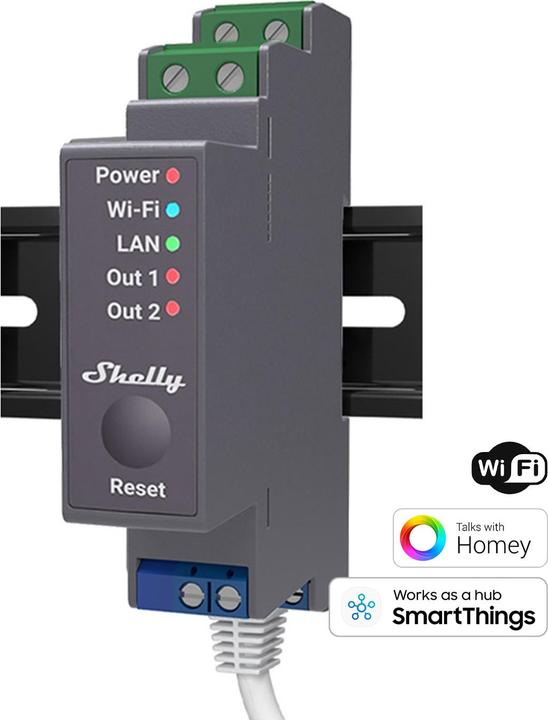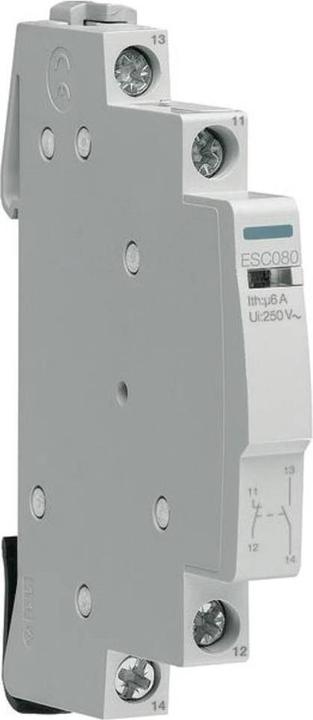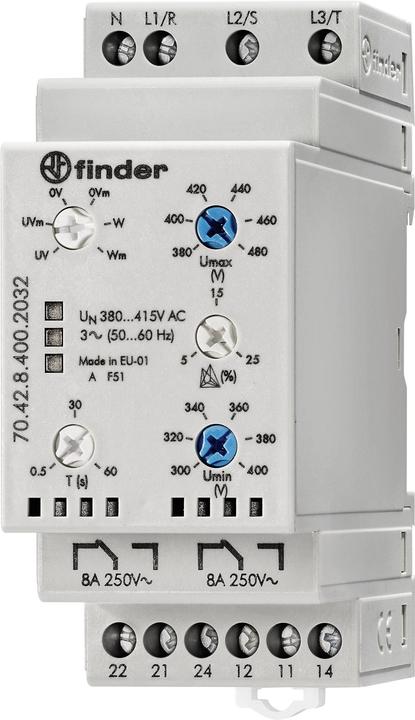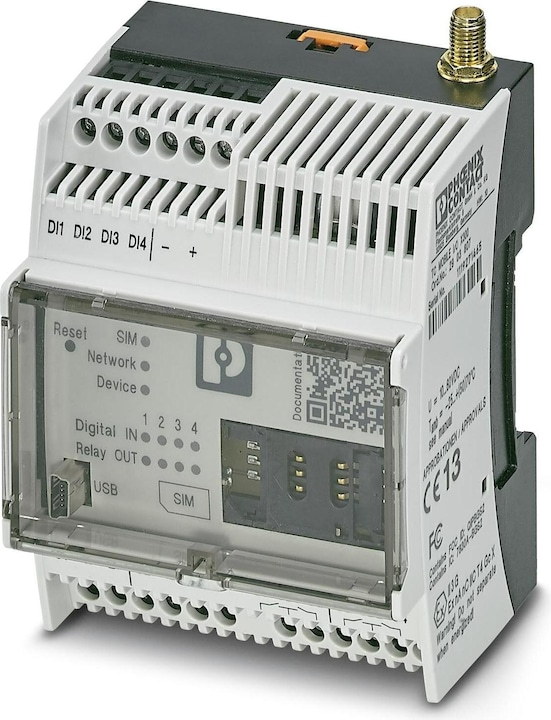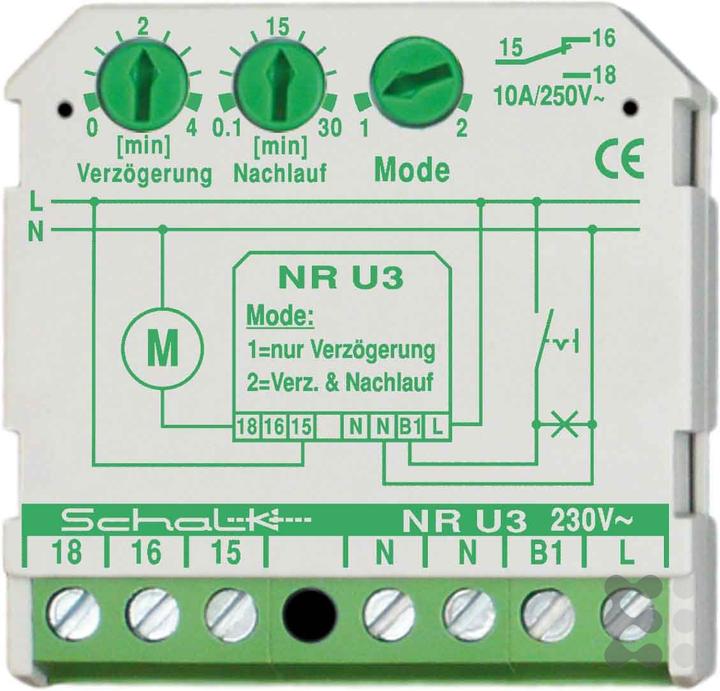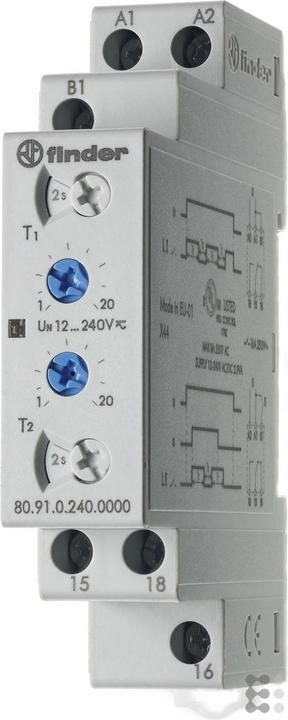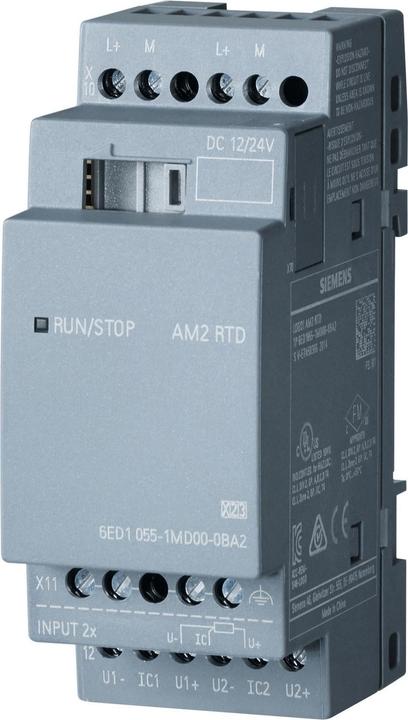
Too Many Relays? Here's How to Choose the Right One
Here are five essential factors to consider when selecting the perfect relay for your needs.
Last updated 1 week ago. Automatically generated content.


Select options and limit the number of products
Relay type determines the specific function and application of the relay within an electrical system. Choosing the appropriate relay type is crucial for ensuring optimal performance, reliability, and safety in various electrical and automation tasks.
Popular options (you can select more than one)
Switching relay
Typical price
31.– to 140.–Used to control small and medium loads, facilitating the operation of electrical circuits.
Ideal for automation and control systems, it offers precise and reliable switching of electrical signals.
Bestseller
Contactor relay
Typical price
45.– to 94.–Combines the features of contactors and relays for controlling circuits with greater flexibility.
Offers enhanced control and protection in motor applications, improving system efficiency and safety.
Bestseller
Monitoring relay
Typical price
140.– to 360.–Monitors electrical parameters like voltage, current, or frequency to protect systems from faults.
Crucial for maintaining system integrity, it alerts users to abnormal conditions, preventing damage and downtime.
Bestseller
Input voltage refers to the range of voltage a relay can accept to operate effectively. Choosing the appropriate input voltage is crucial for ensuring compatibility with the electrical system and preventing damage.
Popular options
Up to 35 V
Supports low voltage applications, typically used in automotive and battery-powered devices.
Ideal for compact and portable electronics, ensuring safe and efficient operation.
Bestseller
Electric current output indicates the range of current the relay can handle, crucial for ensuring compatibility with the electrical load. Choosing the correct output is essential to prevent overheating or failure, ensuring efficient and safe operation.
Popular options
Up to 9 A
Typical price
45.– to 150.–Suitable for low-power applications, such as small motors or lighting circuits.
Ideal for residential use, offering efficiency and safety in handling limited electrical loads.
Bestseller
41 - 165 A
Typical price
180.– to 610.–Capable of handling high-power applications, including large industrial equipment.
Ensures reliability and safety in demanding environments, suitable for heavy-duty operations.
Bestseller
Output current type in relays determines the nature of the electrical current they control, impacting compatibility with the devices they operate. Choosing the correct output current type ensures efficient and reliable operation in various applications, from industrial equipment to consumer electronics.
Popular options (you can select more than one)
Choosing the right brand is crucial when purchasing relays, as it affects reliability, durability, and compatibility with your existing systems. Brands like Siemens and Hager offer high-quality solutions for industrial and residential applications, providing peace of mind and consistent performance.
Popular brands (you can select more than one)
Hager
Renowned for high-quality electrical solutions with a focus on residential applications.
Ideal for smart home integration, offering reliable and user-friendly products.
Bestseller
Finder
Specializes in industrial and commercial relay applications with a broad product range.
Provides high reliability and versatility, making them suitable for complex automation systems.
Bestseller
